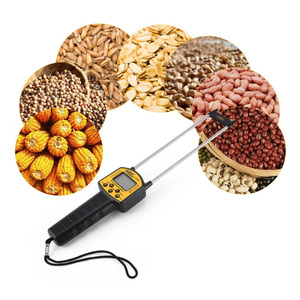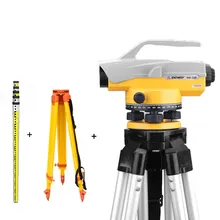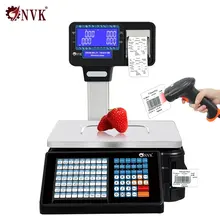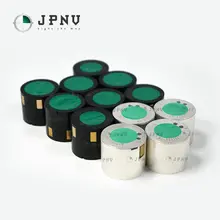Understanding Candy Hardness Testers
Candy hardness testers are essential instruments in the confectionery industry, designed to measure the hardness level of various types of candies. This measurement is crucial for quality control and ensures consistency in production. These devices are engineered to assess the resistance of a candy sample to deformation, which is indicative of its texture and bite characteristics.
Types and Applications
There are various types of candy hardness testers available, each suited for different candy textures and hardness ranges. From gelatin-based gummies to hard-boiled sweets, these testers provide accurate readings that are vital for maintaining product standards. Their applications span from research and development laboratories to production lines, where they are used to guarantee that each batch meets the desired hardness specifications.
Features and Materials
A typical candy hardness tester is constructed from durable materials capable of withstanding the sticky and sometimes abrasive nature of candies. Stainless steel is often used for its resistance to corrosion and ease of cleaning. The features of these testers may include digital displays for immediate readings, adjustable probes for different candy sizes, and data output capabilities for recording measurements over time.
Advantages of Using Candy Hardness Testers
Utilizing a candy hardness tester in the production process offers numerous advantages. It ensures consistency in candy texture, which is critical for consumer satisfaction. Moreover, it aids manufacturers in adhering to industry standards and helps in the development of new products with desired textural properties. The precision of these devices also allows for quick adjustments in the production process, leading to improved efficiency and reduced waste.
Selection Considerations
When selecting a candy hardness tester, it is important to consider the range of hardness it can measure, its accuracy, and its ease of use. The device should be suitable for the specific types of candies produced, and it should be robust enough to handle the production environment. Additionally, the tester's data logging capabilities can be a valuable feature for tracking quality over time.
Maintaining Your Candy Hardness Tester
Maintenance of a candy hardness tester is straightforward but essential for ensuring its longevity and accuracy. Regular cleaning according to the manufacturer's instructions is necessary to prevent buildup of sticky residues. Calibration checks should be performed periodically to maintain measurement precision. Proper care and handling can greatly extend the life of the device and ensure it continues to provide reliable data.





























 浙公网安备 33010002000092号
浙公网安备 33010002000092号 浙B2-20120091-4
浙B2-20120091-4